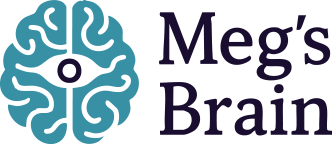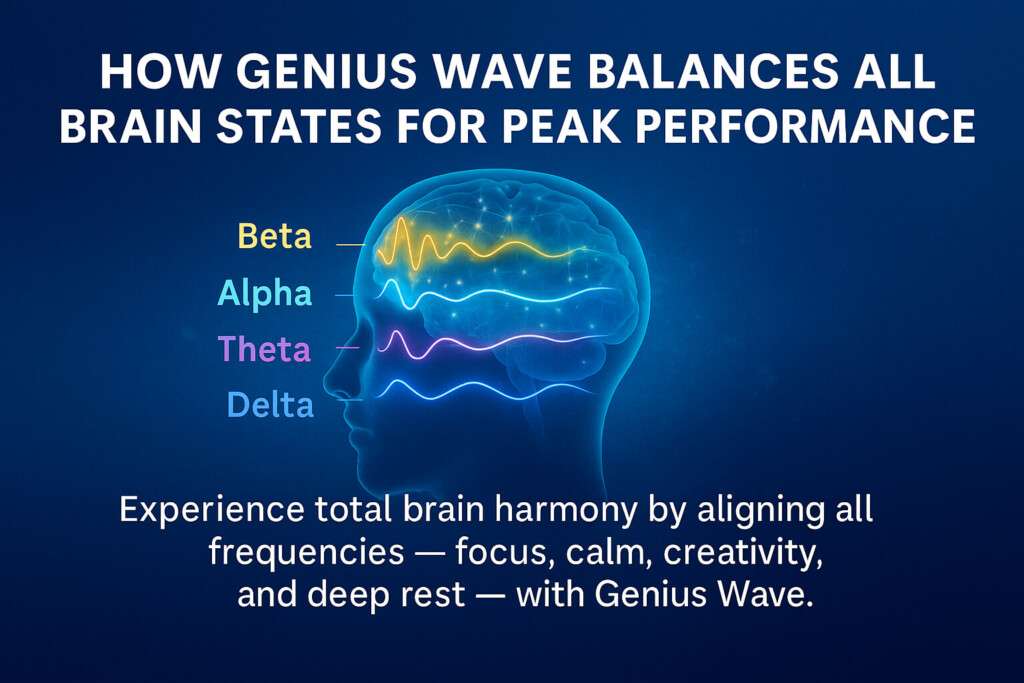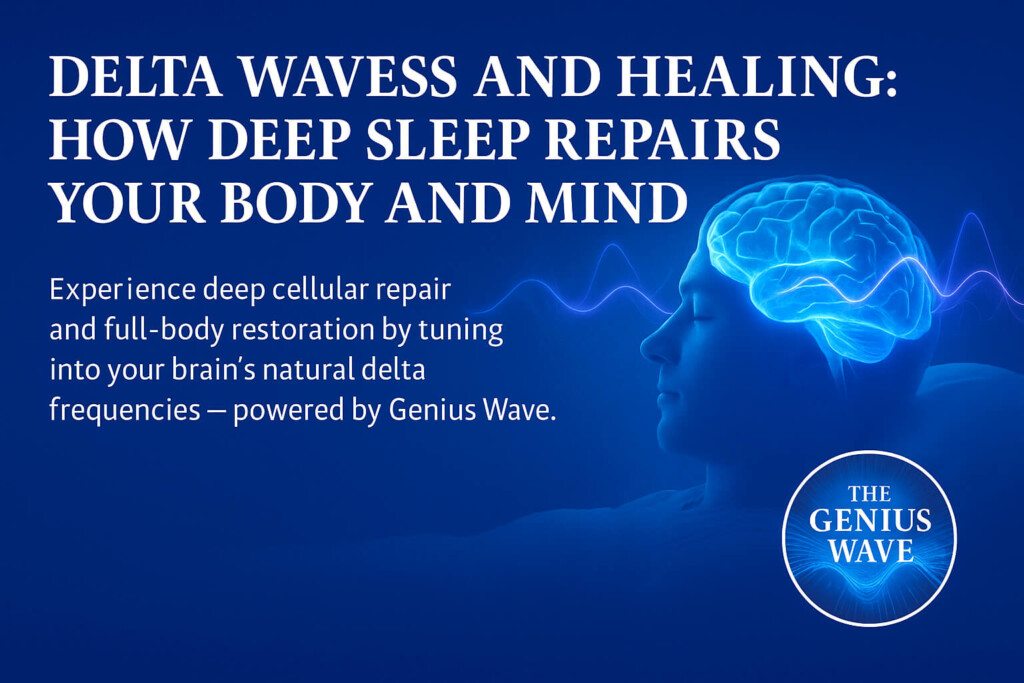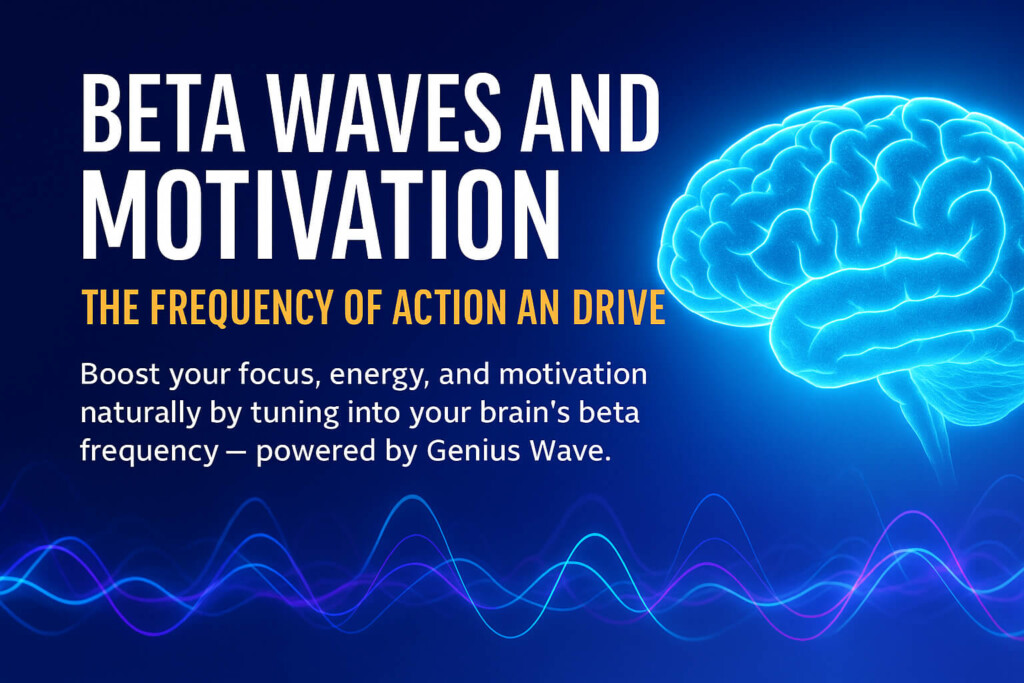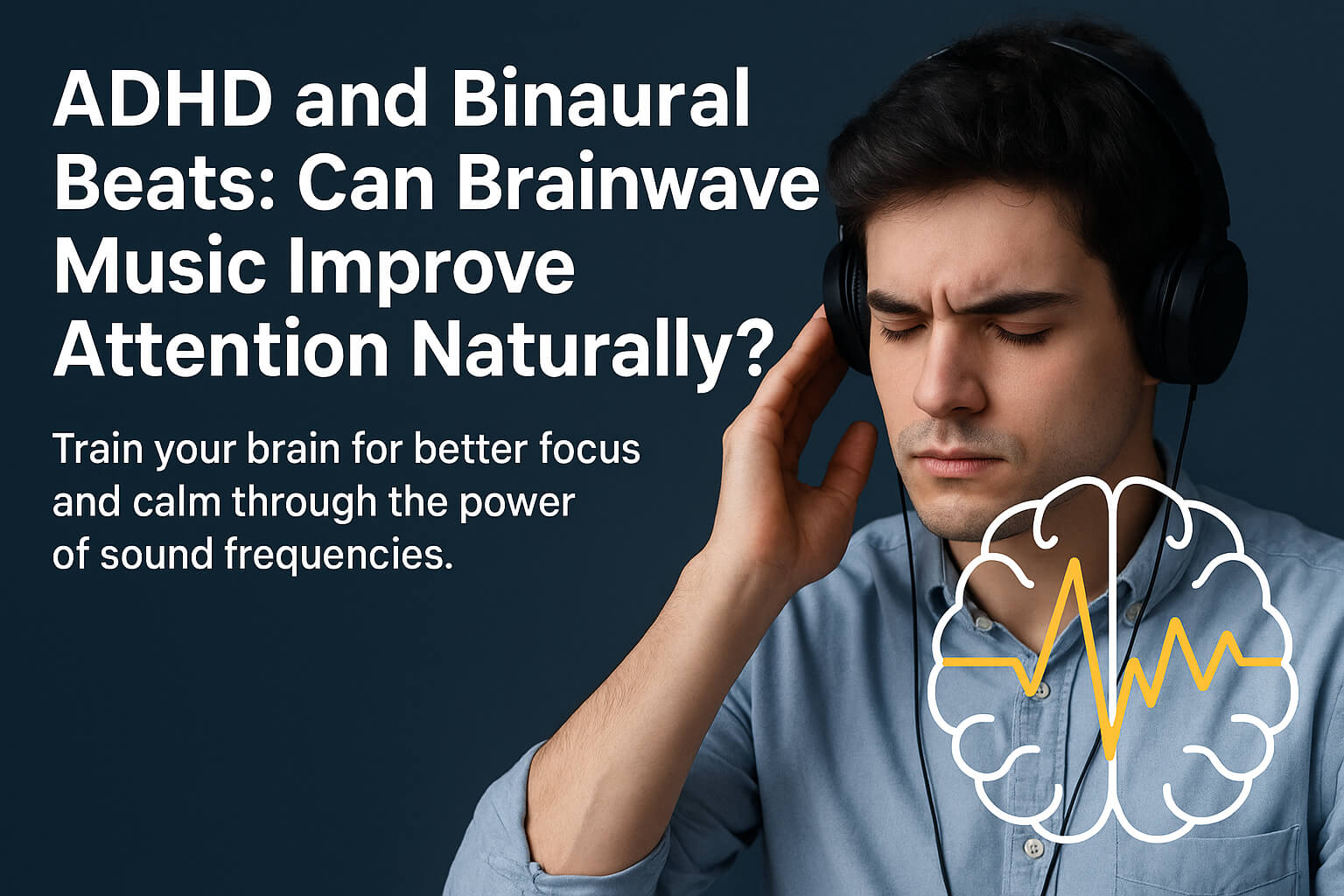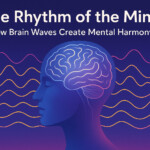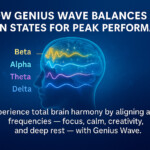Now Reading: Meditation vs. Binaural Beats – Which Is Better for Stress and Focus?
- 01
Meditation vs. Binaural Beats – Which Is Better for Stress and Focus?
Meditation vs. Binaural Beats – Which Is Better for Stress and Focus?
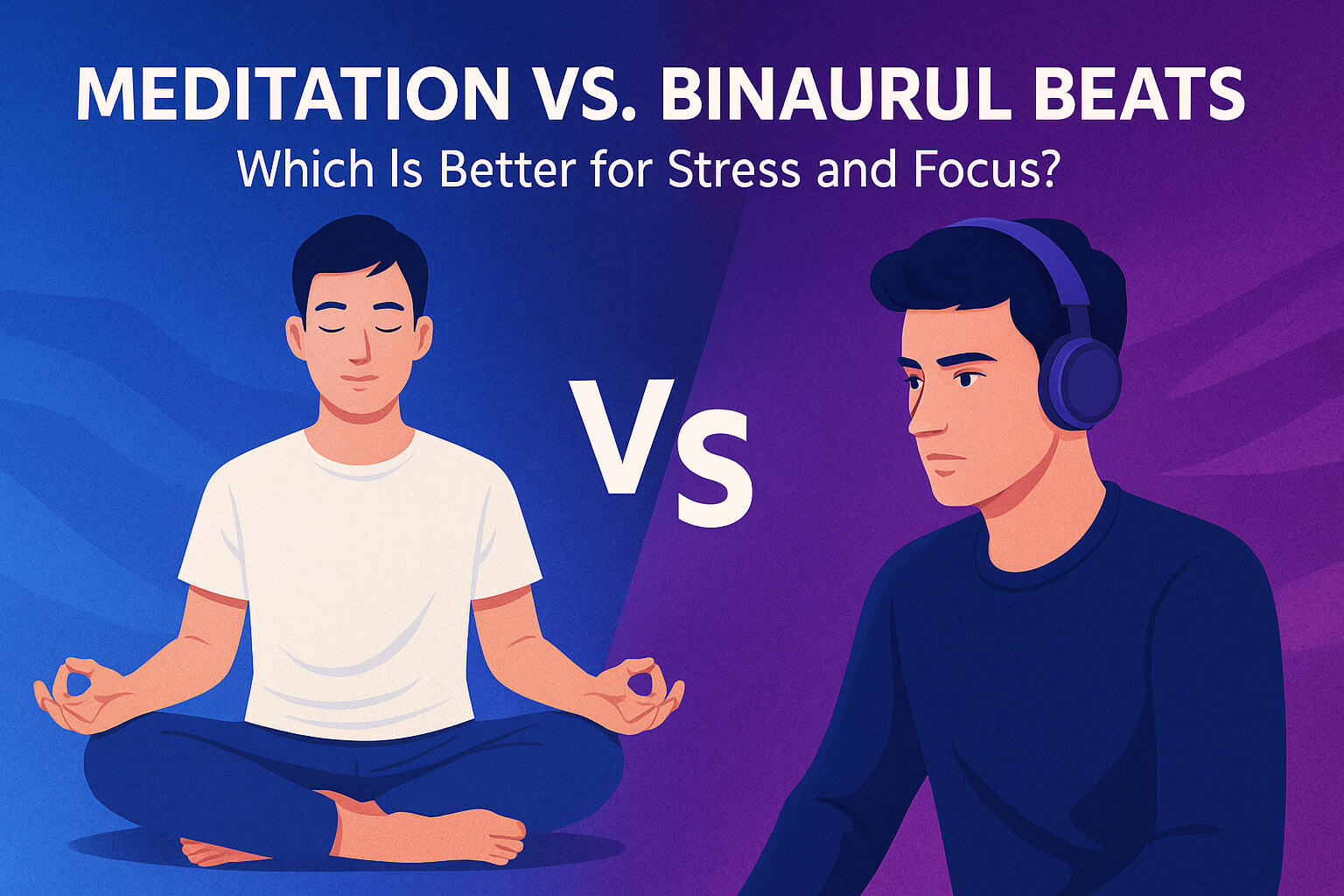
Introduction
Meditation and binaural beats both promise calm, focus, and balance — but they achieve it in very different ways.
One is ancient and inward, while the other is modern and frequency-based.
The question is: which one works best for you?
Let’s break down how each method affects your brain and why you might not have to choose between them.
Meditation: The Classic Path to Calm
Meditation has been practiced for thousands of years to quiet the mind and center awareness.
It reduces the brain’s beta activity (linked with overthinking) and increases alpha waves — promoting clarity and relaxation.
Benefits of meditation:
Lowers anxiety and blood pressure
Improves self-awareness and emotional regulation
Strengthens long-term mental focus
However, consistent meditation requires discipline and time.
Beginners often struggle to maintain focus or experience benefits immediately — that’s where sound-assisted methods step in.
Binaural Beats: The Modern Shortcut
Binaural beats use sound frequencies to naturally induce meditative brain states.
By playing slightly different tones in each ear, your brain synchronizes to the difference, creating the same calm focus achieved through deep meditation.
Benefits of binaural beats:
Quick transition into relaxed mental states
Reduces stress and improves concentration
Helps beginners experience meditative effects easily
How They Affect the Brain Differently
| Aspect | Meditation | Binaural Beats |
|---|---|---|
| Mechanism | Conscious mental focus | Sound frequency entrainment |
| Time Required | Weeks to months | Immediate response |
| Accessibility | Requires practice | Plug in and listen |
| Brainwave Target | Alpha & Theta | Alpha, Theta & Gamma |
| Goal | Mindful awareness | Focus & mental alignment |
Both lead to the same destination — calm awareness — but through different routes.
Meditation builds mindfulness manually, while binaural beats use rhythm to guide your brain automatically.
Combining Both for Maximum Benefit
For many, the ideal approach is not either/or, but both.
Starting a meditation session with binaural beats helps quiet mental noise, making it easier to reach deep focus faster.
👉 Try pairing 10 minutes of Genius Wave’s focus frequency before meditation.
Users often report enhanced concentration, reduced internal chatter, and a stronger connection to their breathing rhythm.
This blend merges the wisdom of ancient practice with modern neuroscience.
Which Is Better for You?
If you prefer structure and stillness — meditation may be ideal.
If you crave quick results and sensory engagement — binaural beats can deliver instant calm.
Yet, together they create a powerful synergy: meditation strengthens awareness, while sound enhances brain coherence.
Conclusion
Meditation refines your awareness. Binaural beats accelerate your access to that state.
You can meditate your way to peace — or listen your way there. Either way, both paths lead to clarity.
